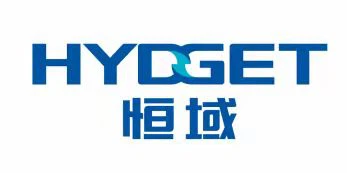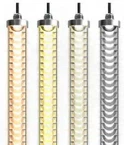At higher voltages (over 33KV), the economic performance of pin insulators has also declined due to the increasing requirements for the size and weight of insulators. At the same time, handling and replacing larger-sized single insulators also poses challenges to practical operations. In order to solve the above problems, suspension insulators came into being.

Suspension insulators are widely used in the insulation and mechanical fixation of high-voltage overhead transmission lines. Among suspension insulators, they can be divided into disc suspension insulators and rod suspension insulators. Disc suspension insulators are the most widely used in transmission lines. Rod suspension insulators have been widely used in countries such as Germany.
Suspension insulators consist of several porcelain discs, which are connected in series in the form of strings through metal chain links. The conductor is carried by the bottom insulator, while the top insulator is fixed to the cross arm of the tower. A single insulator disc can be applied to low-voltage lines, while multiple insulator discs connected in series can be applied to higher voltages, such as 6 11kv insulator discs connected in series can be applied to 66kv transmission and distribution lines.
Advantages of suspension insulators:
1) Each suspension disc is designed with a rated voltage of 11KV (the higher rated voltage is 15KV), so by using a different number of discs, the suspension string can be applied to any voltage level.
2) When any disc insulator in the suspension insulator string is damaged, maintenance workers can quickly replace the damaged insulator.
3) Since the line is suspended on a flexible suspension insulator string, the mechanical stress on the suspension insulator is less.
4) Since the current-carrying conductor is carried by the bottom insulator, the height of the conductor position is always less than the total height of the supporting structure. Therefore, the conductor is safer.
Disadvantages of suspension insulators:
1) The suspension insulator string is more expensive than the pin and column insulator.
2) Compared with pin insulators or post insulators, suspension insulator strings require higher support space to maintain the ground clearance of the current conductor.
3) The free swing amplitude of the conductor in the suspension insulator system is larger, so a larger spacing should be left between the conductors.







